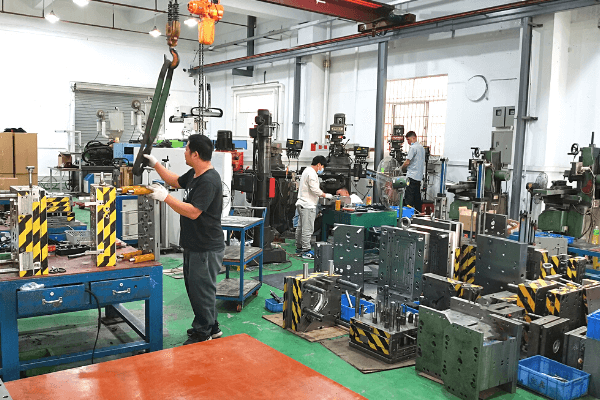
If you want to manufacture high quality injection tools, you need to read this article. In this article, I discuss the factors that affect the quality of injection tools. These factors need our attention. Let us dive in.
10 factors that affect the quality.
The injection tool manufacturing is a complex process. After the design, machining, assembly, testing and other steps, the injection tool can finally be put into use. In the whole life time, the factors that affect the quality of the injection tool mainly have the following ten aspects.
1. Injection tool steel.
Steel is the decisive factor for mold quality. Choosing reasonable steel is very important. The selection criteria for steel are:
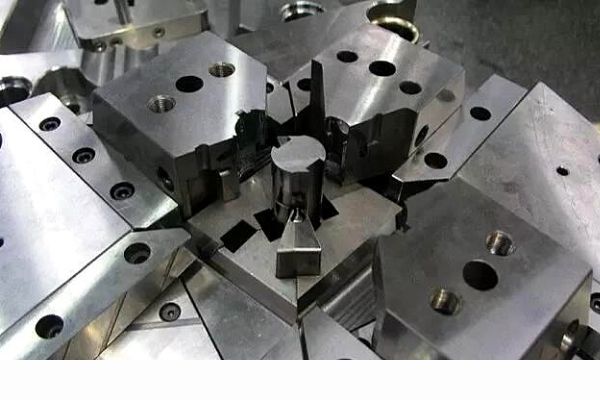
(1) According to the requirements of plastic materials.
Different plastics use different steels. Such as high polishing requirements, corrosion resistance requirements, etc.
(2) Price factors.
Steel properties are not as expensive as possible. Need to consider the cost of the mold. The steel of the mold should be selected according to the life of the mold to avoid unnecessary waste. The life of P20 is about 300,000 shots. 2738 is below 500,000 shots. H13 / 2344 at 800000-1000000 shots.
(3) Heat treatment.
The surface treatment of the mold is also very important. Nitriding can enhance the surface hardness of steel and effectively extend the life of the mold. Electroplating can effectively modify the mold steel. For some plastic parts that require high brightness and corrosion resistance, electroplating can be used to enhance the performance of steel.
2. Injection tool structure design.
The mold structure not only considers the product material properties (shrinkage rate, molding temperature, elastic tensile deformation coefficient, etc.), but also considers the cooling water path, the speed of opening and closing the mold, etc. Reasonable injection tool structure can effectively extend the life of the mold and ensure the smooth production of the mold. Improve efficiency and reduce costs.
3. Injection tool machining.
The arrangement of the mold process is particularly important. A reasonable process sequence can speed up the production cycle and shorten the processing time. And can ensure the stability of the mold in the production process and extend the service life. Some processing errors may cause mold welding. No matter how good the welding is, it is a loss for the mold. In addition, poor processing may also affect the mold movement. As a result, the mold is broken during the production process.
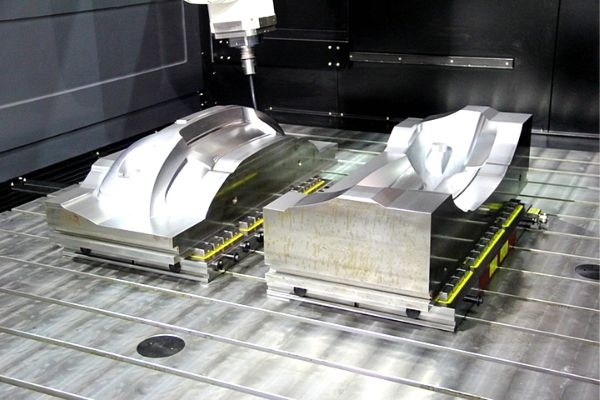
4. Standard parts.
It is the short board that determines the capacity of the bucket. The same is true of the mold. Although the standard parts are not directly involved in the molding, they control the operation of the entire mold. Good standard parts should be wear-resistant, hard enough, high precision, and not suitable for deformation.
5. Fit mold.
Fit mold is a comprehensive task. Improve and perfect other mold problems. It tests the experience of the mold fitter. Complex molds require flying molds to work well. The flat mold is the simplest, as long as there are no flash breaks on the fractal surface. Molds like auto parts are very troublesome. Not only is the fractal surface irregular, but it often includes multiple sliders and eject blocks.
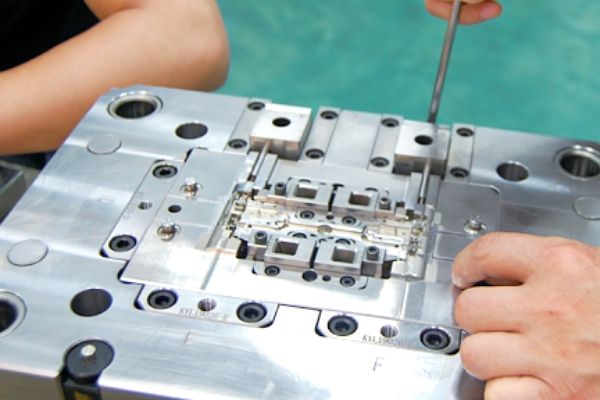
6. Mold polishing.
The polishing of the mold is the last work of the mold manufacturing. Polishing is directly reflected on the plastic parts, so this is also an important task. Polishing can also help and complement the mold movement. Especially meaningful for ejection. Often some molds are not produced smoothly because of poor polishing, excessive resistance, and difficulty in ejection.
7. Mold assembly.
Mold assembly is just like assembling a machine. Every part, every screw can’t go wrong. Otherwise, the consequences will be quite serious. It can cause product defects or damage the mold completely. Therefore, the assembly work must be very meticulous. During the assembly process, attention should be paid to the cleaning of the mold. There should be no metal debris in the waterway and screw holes.
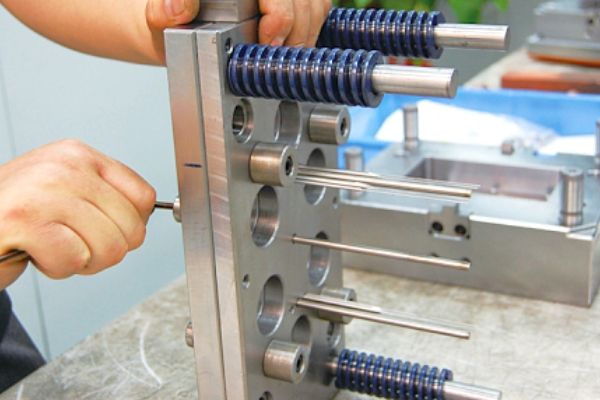
8. The hot runner or cold runner.
This actually has the least effect on mold quality. The choice of the two lies in the requirements of plastic parts. Or customer needs. Hot runner molds are relatively more expensive and more complicated.
9. Mold cooling system.
In the mass production stage, the profit from every one second injection cycle reduction is unimaginable. But speeding up the production cycle will increase the mold temperature. If it is not effectively controlled, the mold will be too hot to form. It may even cause the mold to deform and fail. Therefore, good cooling design is particularly important. Including the Water way distribution density, diameter, connection between each other and so on.
10. Mold maintenance.
The mold must be fully maintained after each use. Especially the rust prevention of the forming part and the action part. On the other hand, we must ensure that the mold is dry. Because the mold needs cooling water during the production process, there may be water in the mold during installation or disassembly. Therefore, after ensuring that the mold is dry, apply a layer of oil to protect it.
In conclusion.
The above are the 10 factors that affect the injection mold. These 10 factors are in steps from mold design to testing. Ignoring one of these factors, the quality of the mold will be affected.
If you have questions about injection molds, please feel free to contact us.
